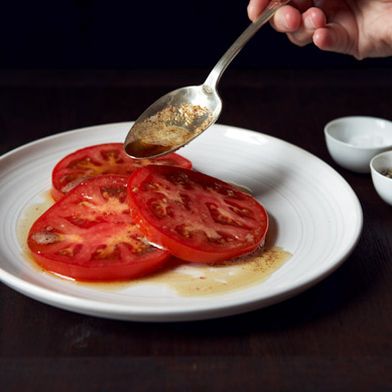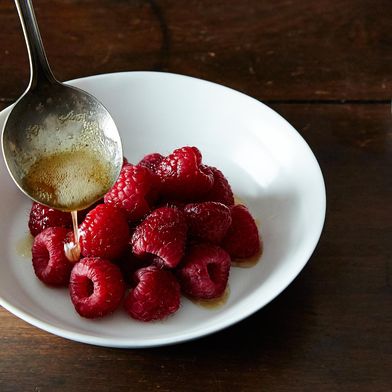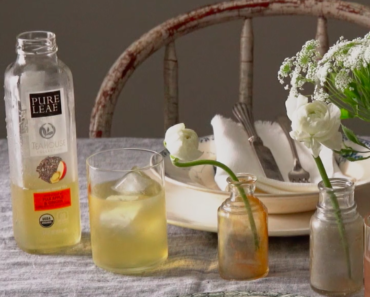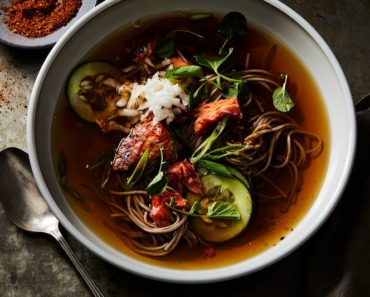Inspired by The Art of Flavor, we’re explaining (a few of) the major principles you need to be a creative, more confident cook. Today, the final rule!
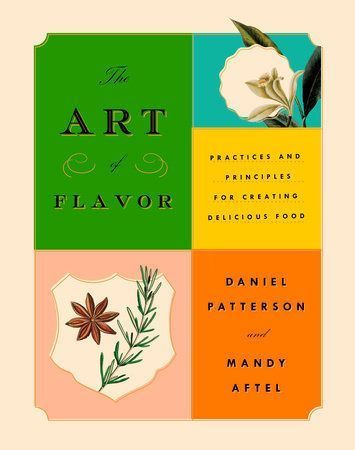
You’re making green sauce and something is not quite right. It’s too grassy or too acidic, too spicy or too sour. But the good news is that a glug of olive oil, or a spoonful of yogurt or tahini, or a chunk of ripe avocado will lend the sauce the creamy blandness it needs to balance the vegetal flavors. You’ll be able to tweak from there.
Because just as heavy flavors need to be boosted, light, bright, sharp flavors need to be brought back down to earth—whether to mellow their punch or to emphasize their height by way of comparison. Imagine a vinaigrette without olive oil (this is easy to do if you’ve drizzled balsamic vinegar into a bowl of greens and pretended to enjoy it); often, vinegar is too sharp and overpowering to succeed as dressing without the richness of fat.
And, with a heavier flavor as a foil, your sweeter, zingier flavors will be more pronounced by contrast. Think about the sweet grassiness of peas paired with the milkiness of ricotta, or a touch of vanilla extract in a lemon dessert, which makes the citrus zippier and more palatable.
This brings us to our fourth—and final—rule of flavor:

In general, look to these types of ingredients to rein in the flavors that dare to fly away:
- Fats (oil, dairy products, egg yolks, bacon/pancetta/lardons)
- Earthy flavors (mushrooms, beets, nuts)
- Fermented ingredients (fish sauce, miso, sourdough breadcrumbs, garum)
- Ingredients high in umami (seaweed and dashi, Parmesan, ketchup)
But that’s not your only option! You don’t necessarily have to add anything at all to give your light ingredients heft. A long cook-time will concentrate a light flavor into something more intense (think of sautéed versus roasted red peppers, for example), and a reduction on the stovetop will remove water, leading to a similar effect.
The method for vegetarian pho broth demonstrates both of these techniques: Char the onion to bring out a smoky bitterness that will offset the sweetness; simmer that onion in water to concentrate its flavors in the liquid.
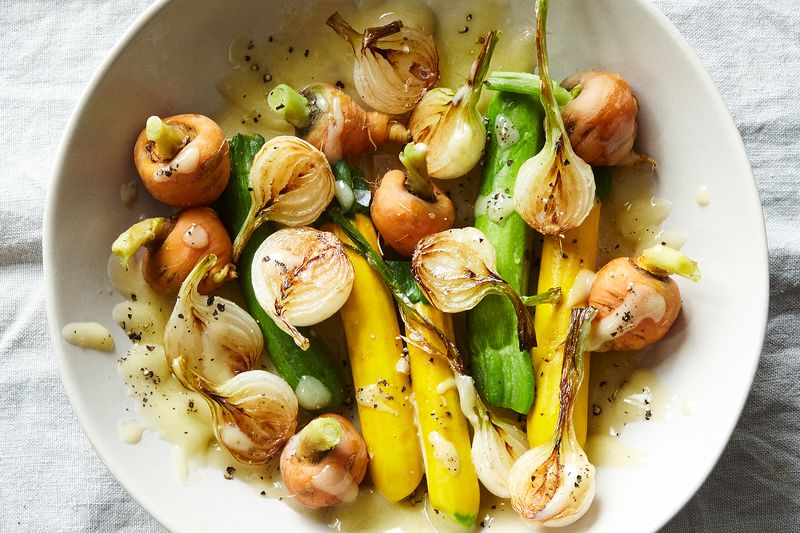
Photo by Emily Dryden
How else does this rule make itself evident in some of our favorite dishes (besides a swipe of mayo on a perfect tomato sandwich, that is)?
This rule in the real world:
- Raw broccoli + salty, creamy feta
- Shaved zucchini + creamy avocado
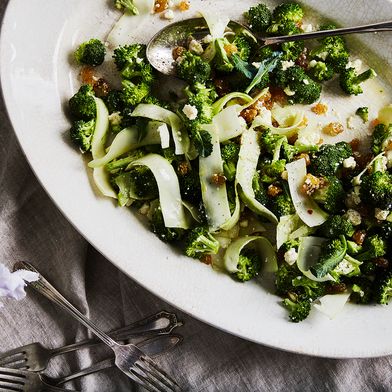
by Kenzi Wilbur
by Genius Recipes
- Herbs blended with a soft-boiled egg for a perfectly-emulsified vinaigrette
- …or grounded by the fat and texture of yogurt
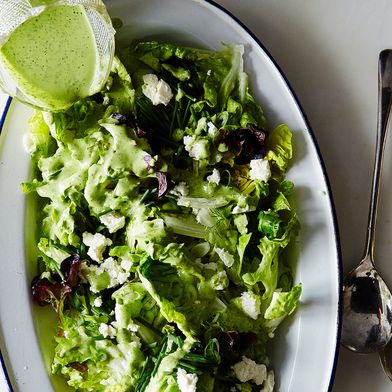
by Genius Recipes
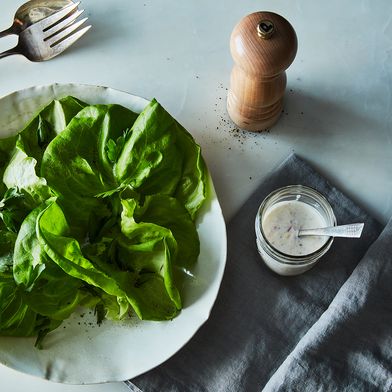
by EmilyC
- Peas + burrata
- …or a heap of shaved Parmesan
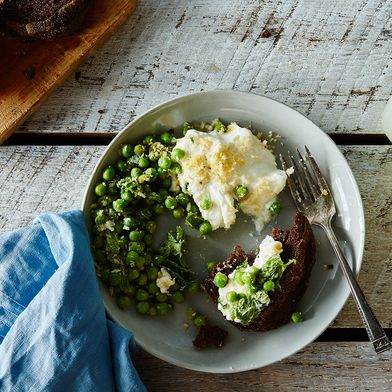
by Lily Hughes
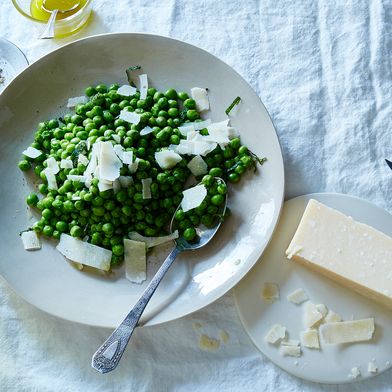
by ieatthepeach
- Tomatoes + a drizzle of brown butter
- And raspberries + a drizzle of brown butter, too (also try: peaches!)
- Asparagus + sieved hard-boiled eggs
- …or miso dressing
- …or crispy pancetta
- …or peppery whipped cream!
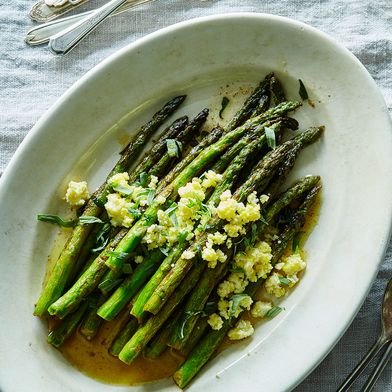
by Sara Jenkins

by Genius Recipes
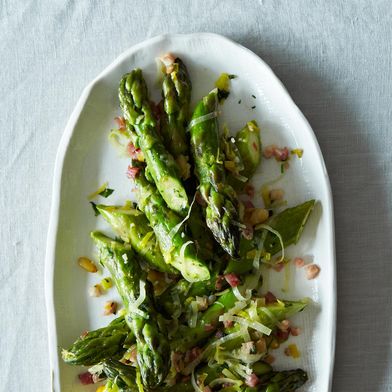
by kaykay

by Genius Recipes
- And if all else fails, steam your cutest vegetables and drizzle them with beurre blanc (the adult version of butter sauce):
Julia Child’s Beurre Blanc (White Butter Sauce)
By Sarah Jampel
-
3
sticks cold unsalted butter (24 tablespoons), cut into tablespoon-sized chunks -
1/4
cup dry white wine -
1/4
cup white wine vinegar -
1
tablespoon minced shallots -
1/4
teaspoon kosher salt -
1
pinch white pepper -
1/2
teaspoon fresh lemon juice
Need a mini-review? See all four rules of flavor, right below:
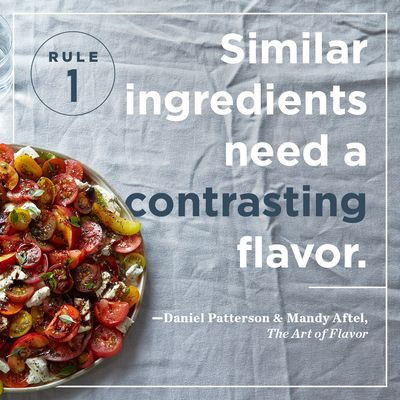

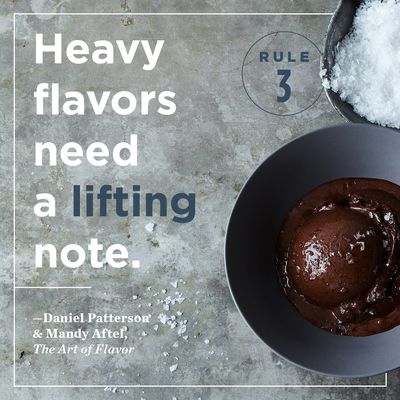
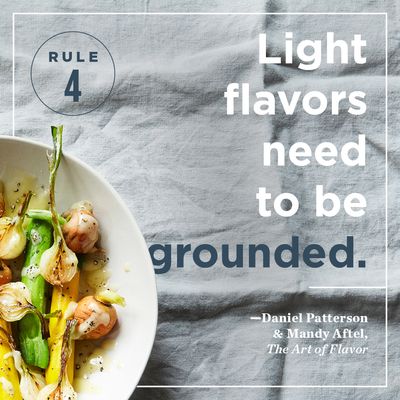
What’s your favorite way to enrich a light flavor? Meat, cheese, olive oil, or all of the above? Tell us in the comments below!
(via Food52)

